The baby boomers are a generation that won’t stop. They golf, ski, run, curl, cycle, play soccer, hockey and slow-pitch, do triathlons, and have even been seen sweating in a hot yoga class! These boomers, born between 1946 and 1964, have worked hard and now they have learned to play hard. Great! So, what’s the problem? These ambitious older athletes are getting injured. Tendonitis, bursitis, strains, sprains, low back pain, rotator cuff curse, plantar fasciitis and more run rampant in the boomers. Thus, the term “Boomeritis.” The suffix “itis” means inflamed. The brilliant, cute phrase “Boomeritis” was coined in 1999 by an American doctor. This is because more and more overuse type injuries are now being seen in this age bracket. Their bodies and tissues become more inflamed than when they were 20. Why? What changes? Well, since you asked...here we go!
Around the fourth decade of life there are some unique challenges for an active lifestyle which has a fitness focus. These challenges are physical, age-related changes. This means there are parts of the body that naturally wear out. No matter who you are. They will affect activity frequency, intensity and duration. The four areas where change is inevitable are as follows.
Joints: This is felt by the athlete as a loss of flexibility. You can’t reach your toes anymore. It takes you longer to limber up in the morning. This loss of flexibility can affect performance but it can also be a big factor in increasing the likelihood of injury. Think of tight hamstrings. You used to be able to sprint to first base easily. Now you are lucky if you get through the season without a hamstring strain. But these changes in flexibility are real. Aging ligaments, muscles and tendons become less plump and juicy. Fiber’s link and stick together. There is less lubrication or monkey grease in the joints now. All these changes combine to create less elastic behaviour. Translate that to real life? Stiffness. The body needs a little coaxing to get going some days.
Muscles: There is a loss of strength with aging that has been proven scientifically. Peak strength is gained in the third decade of life. There is a plateau in the 40s and towards the 50s. Once 50 is reached it can be a slippery slope. Unfortunately, it continues to decline. Part is due to declining physical activity. The old adage “if you don’t use it, you lose it” rings true here. But also, muscle fibre type changes. As well, a decline in protein synthesis occurs. A situation of generalized loss of strength has now been reached. All is not lost, though. Research is showing that the aging athlete can still make significant strength gains with a proper weight training program.
Aerobic Fitness: Being aerobically fit relates to VO2 max. This is the volume of oxygen that the body can consume during maximal physical exertion. At age 30 the VO2 max progressively declines by 10 per cent per decade. However, despite the natural aging process some endurance training can increase VO2 max.
Recovery: This is a big one. And the one that I see most often in the physio clinic. Older athletes take longer to recover. Obviously due to the abovementioned changes in the body. 40, 50, 60-year-old athletes can do a hard single training session, but they can’t do it day after day. When you are 18 you can recover from anything. Younger athletes normally take 24 hours to recover. The aging athlete may need 48 to 72 hours. The aging muscles are more susceptible to exercise-induced muscle damage. Not to mention all those little injuries can easily become big injuries if not enough rest is taken between hard exercise sessions. Don’t stop having hard workouts in your week. Just lower your standards and expectations with each decade. Be realistic about how hard you can train and how many days a week you can sustain that pace.
Now boomers...don’t be bummed. Just think, it’s not your fault you are slowing down a bit. It’s natural. You don’t have to suffer “boomeritis” type injuries. Those who remain active through life will slow this aging process down! There are ways to offset body erosion. Strength training rebuilds atrophied muscles. Stretching exercises will increase flexibility. Common sense can go a long way in avoiding unnecessary aches and pains. Despite the risk of “Boomeritis,” high levels of fitness should still be everyone’s goal. Listen to your body. It’s getting older...you just need to get wiser.
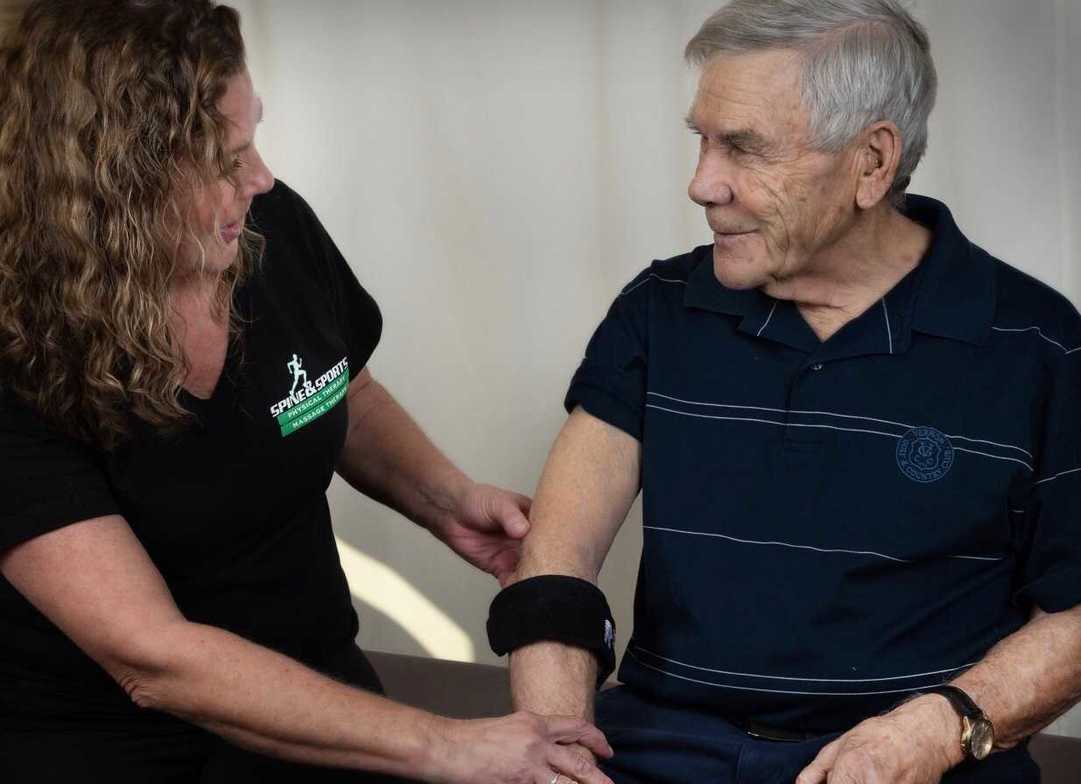
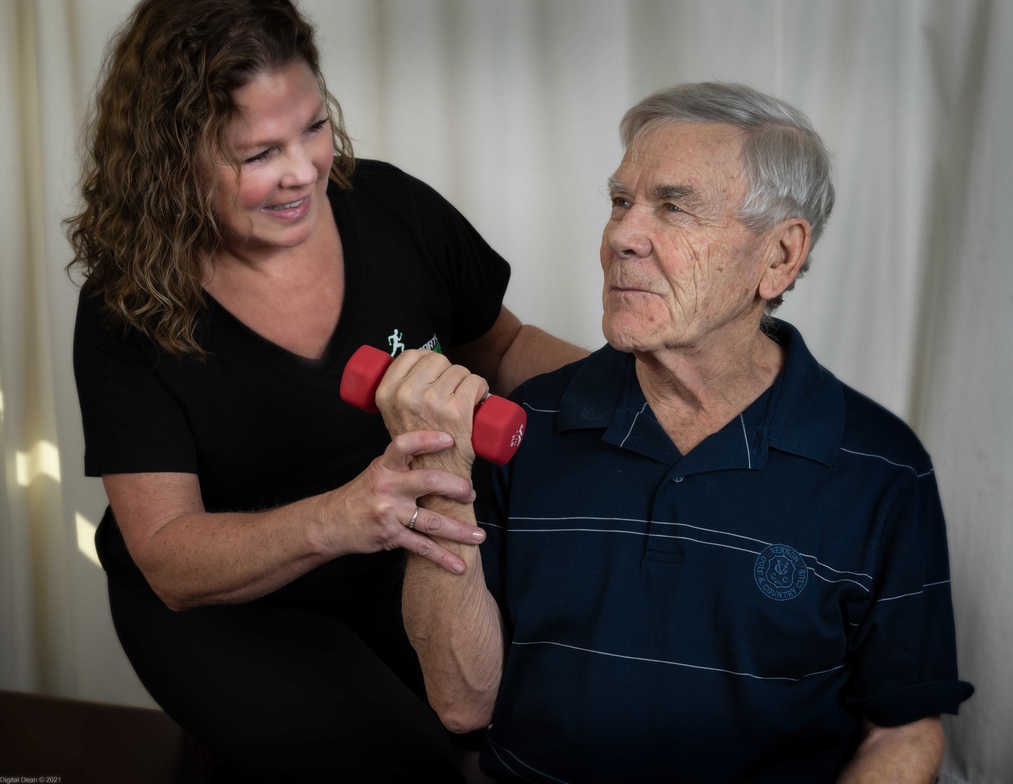
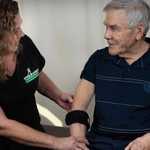
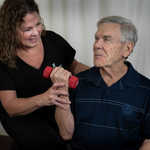
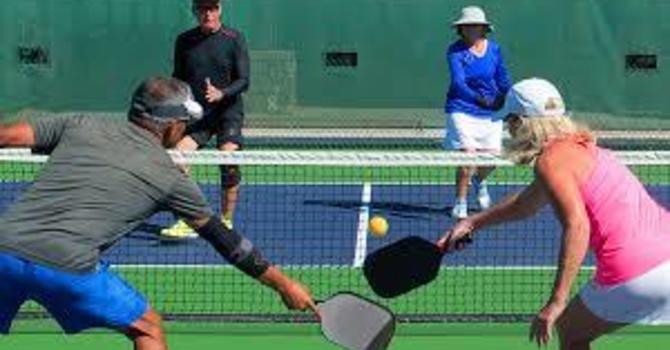

.JPG)